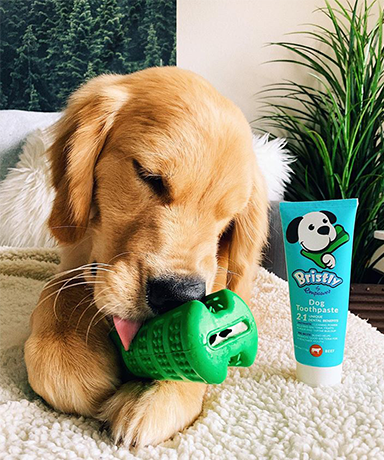Your Cart is Empty

Time to make your inbox pawsome
Sign up today and get 10% OFF your first purchase!


Oral hygiene is as important to our mouths as it is to our dog's. While brushing your pet's teeth may not always be a walk in the park (hah, see what I did there?), it is important to maintain a regular routine of keeping your pet's teeth and mouth clean. Without some sort of a dental routine for your pup, your dog could run the risk of getting a serious dental-related illness that affects their everyday life.
“Most pet parents don't look at their pet's teeth regularly and wouldn't know what to look for if they did,”---- Dr. Andy DeStefano, Dunedin Animal Medical Center
Here are 3 situations when you should see your vet about your dog's teeth:
If your pup isn't eating with as much vigor as he did in the past, or is having a hard time picking up kibble, it may also be a sign of the aforementioned gingivitis, or periodontal disease. This can also include favoring one side of the mouth for chewing.
If either of these are symptoms your pup is experiencing, letting the vet get a good look at his chompers is a good idea. Trying to investigate may end up making Fido uncomfortable and unwilling to show you his/her teeth—complicating things for the vet.
Like the quote from Dr. DeStefano implies, leave it to the vet to do the vet’s job.

You brush your teeth everyday between your dentist visits, so should your dog. The only proven way to prevent plaque build-up, gingivitis, and periodontal disease is to brush!
